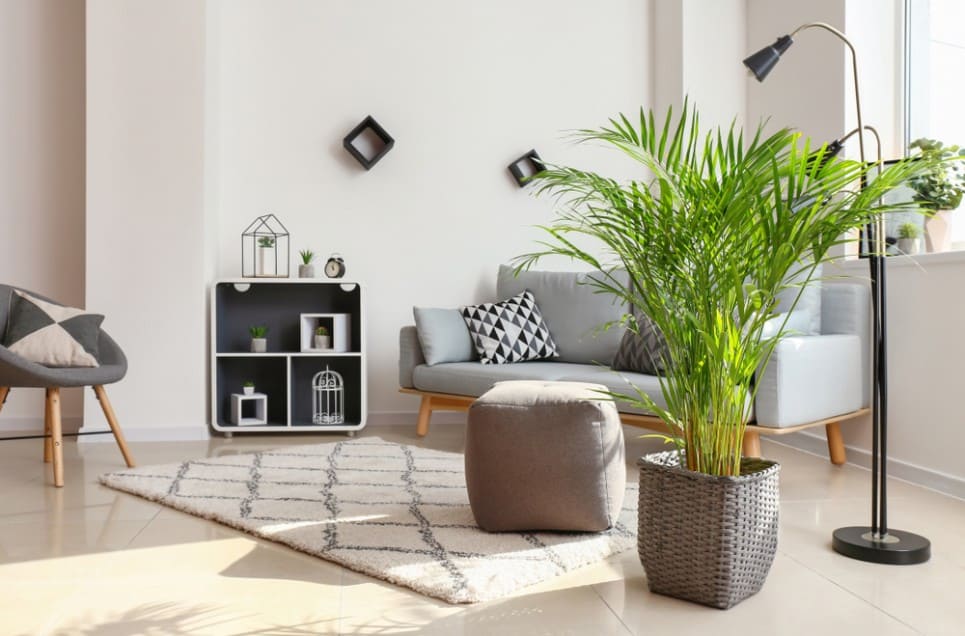Houseplants are having a moment. They are a rapidly growing market, with increasing demand for more colorful and hardier varieties growing all the time. In addition to being trendy and beautiful pieces of home decor, houseplants can also improve your health and well-being. Studies have found that houseplants help purify the air in your home, removing harmful chemicals like formaldehyde and ammonia. Tending houseplants can also reduce stress. While some houseplants are toxic to pets or children, some popular varieties like the herbs lavender and rosemary and the cat-friendly cat grass and catnip are edible and beneficial to your family and fur-family! Check out these houseplants that are healthy to keep at home.



















































